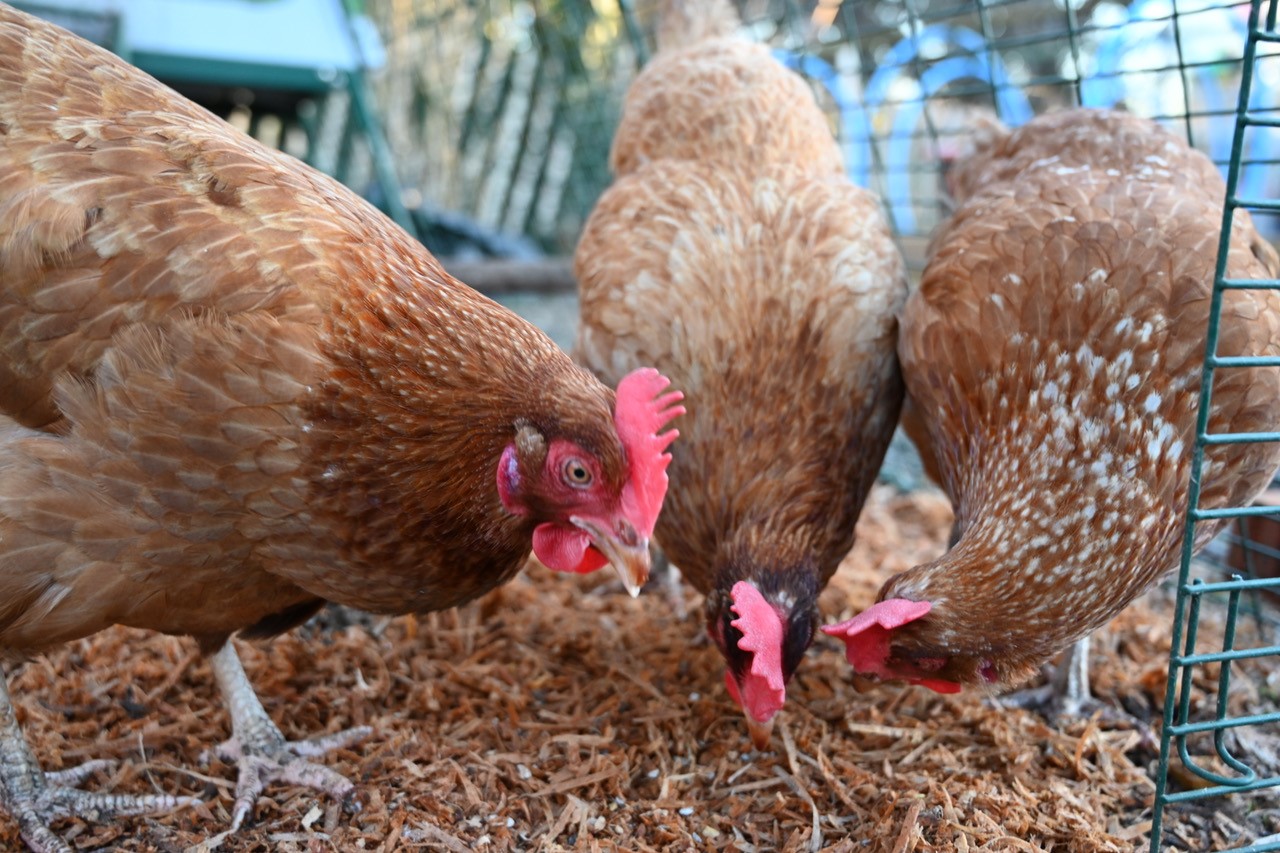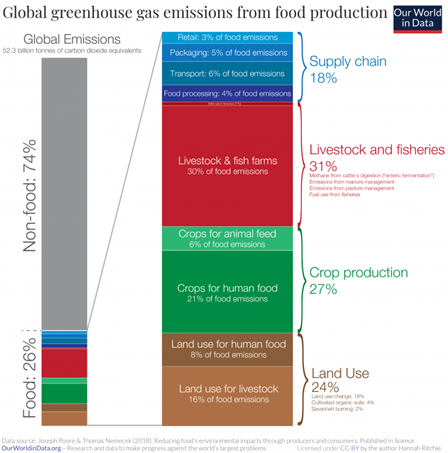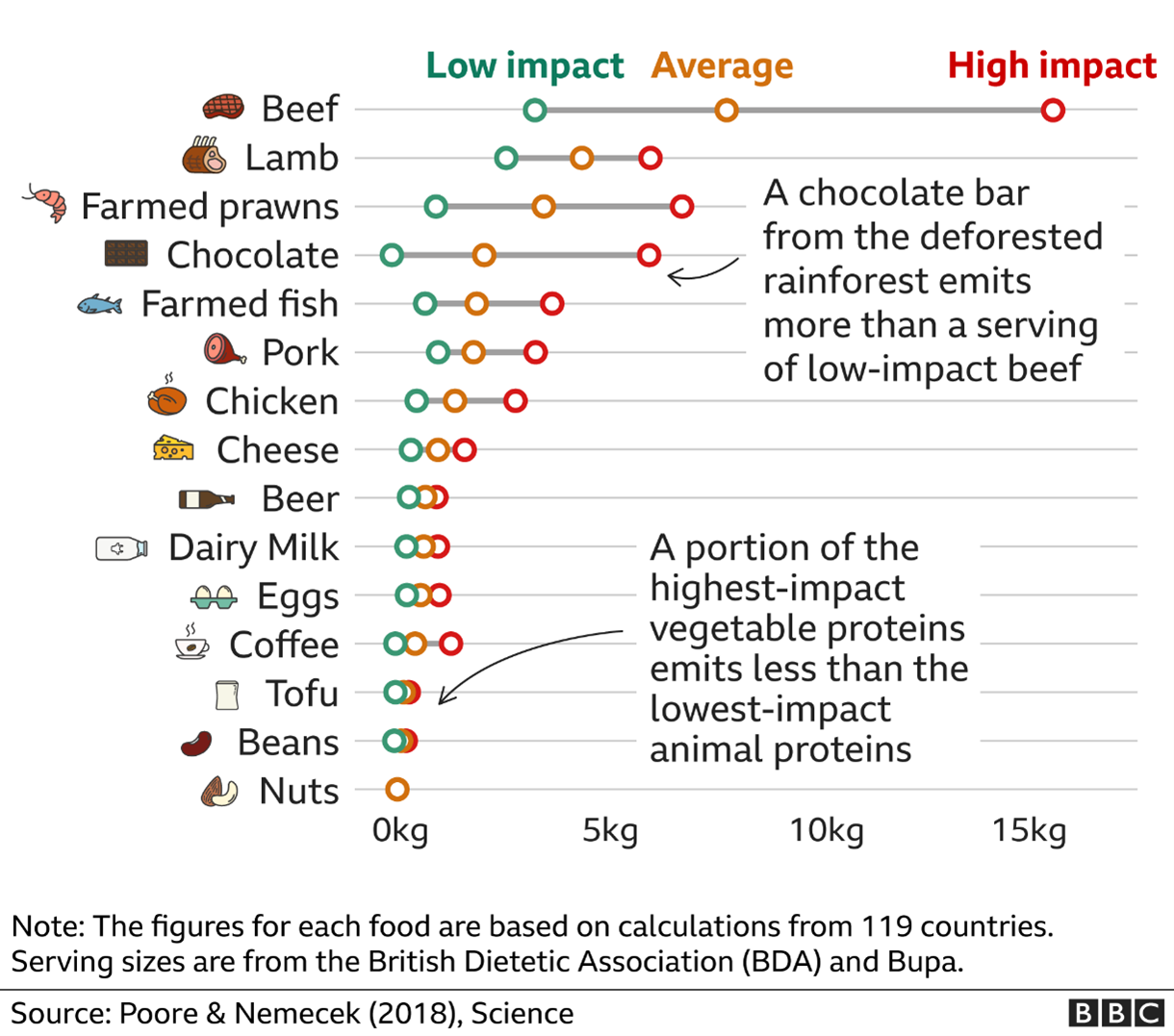
In her first blog, Vanessa Hilton discusses her recent meeting with the London Borough of Hammersmith and Fulham.
Our Head of Carbon and Environment, Vanessa Hilton, is back with her latest blog which is filled with her tips and tricks designed to help you look at your new year diet as an opportunity to cut carbon.

It’s January, so hopefully we have all enjoyed an indulgent Christmas and are ready to start the new year diet and healthy eating regime?
Following COP26 and with the climate emergency still facing us all, you may be pondering which foods can help you shed those pounds without weighing down your carbon footprint. So, to help you choose a healthy and low carbon diet for 2022, I’ve tried to compile some tips, pitfalls and a bit of trivia to get you started!
Firstly…To be or not to be… a vegetarian? That is the question.
Well, meat certainly does have a high carbon intensity. Approximately 3kg of food is required for an animal to produce 1kg of meat, so it would be easier to just eat the 3kg of grain! Also, the meat production industry is energy intensive. With the necessary movement of animals, the abattoir, machinery, the food packaging, and further shipping of packaged goods to the supermarket, this all means that meat has a carbon footprint which is 60 times more than fruit and vegetables and 10-15 times more than dairy products and eggs per kilo!
Furthermore, agriculture produces methane in huge quantities. CH4 (methane) is 20-30 times more potent than CO2 as a greenhouse gas and accounts for 16% of the global greenhouse gas emissions (GHG) which impact climate change.
By simply reducing or cutting out meat, particularly red meat, you are likely to reduce your carbon footprint by around 50% whilst also reducing your cholesterol.
The graphic below shows the proportion of GHG emissions which is found in food production
 Interestingly we may think that shopping local is the right answer, however that is not entirely true. Packaging, transport, and other supply chains make up just 18% of the emissions from food production, whereas the land use, food for animals, and animal management make up a huge 52% of the emissions produced.
Interestingly we may think that shopping local is the right answer, however that is not entirely true. Packaging, transport, and other supply chains make up just 18% of the emissions from food production, whereas the land use, food for animals, and animal management make up a huge 52% of the emissions produced.
That being said, buying local vegetarian produce with little or no packaging will obviously be the best option in terms of choosing a low carbon solution.
The use of water within food production is an area which also needs to be considered, however it is often overlooked despite its pivot role, depleting availability and the vast quantity involved. A frightening statistic shows that each person’s food production per day requires 800 gallons of water, with meat production one of the highest water-demanding foods, along with chocolate, milk, nuts, eggs and rice!
That being said, one of the easiest ways to reduce your carbon footprint in food is reduce your food waste. When discarding food, you are not only squandering the resources involved in production and distribution, but then adding the greenhouse gas output from transport, processing and decomposition of waste. Methane is emitted from landfills where we take food to biodegrade and this equates to an estimated 6% of global GHG emission which are from food waste.
The graphic below shows the carbon impact of different foods, which may help you to shape your weekly food plan or be used as a useful insight to understand the impact of what you are eating in order to make a lower carbon choice.

On their own these tips may seem like just a small reduction in carbon, but if we were to combine them and all adopt these practices, it would make a huge difference to our carbon footprint.
So it goes to show that we can not only aim for a healthier diet in 2022, but we can aim for a low carbon diet and a healthier planet!